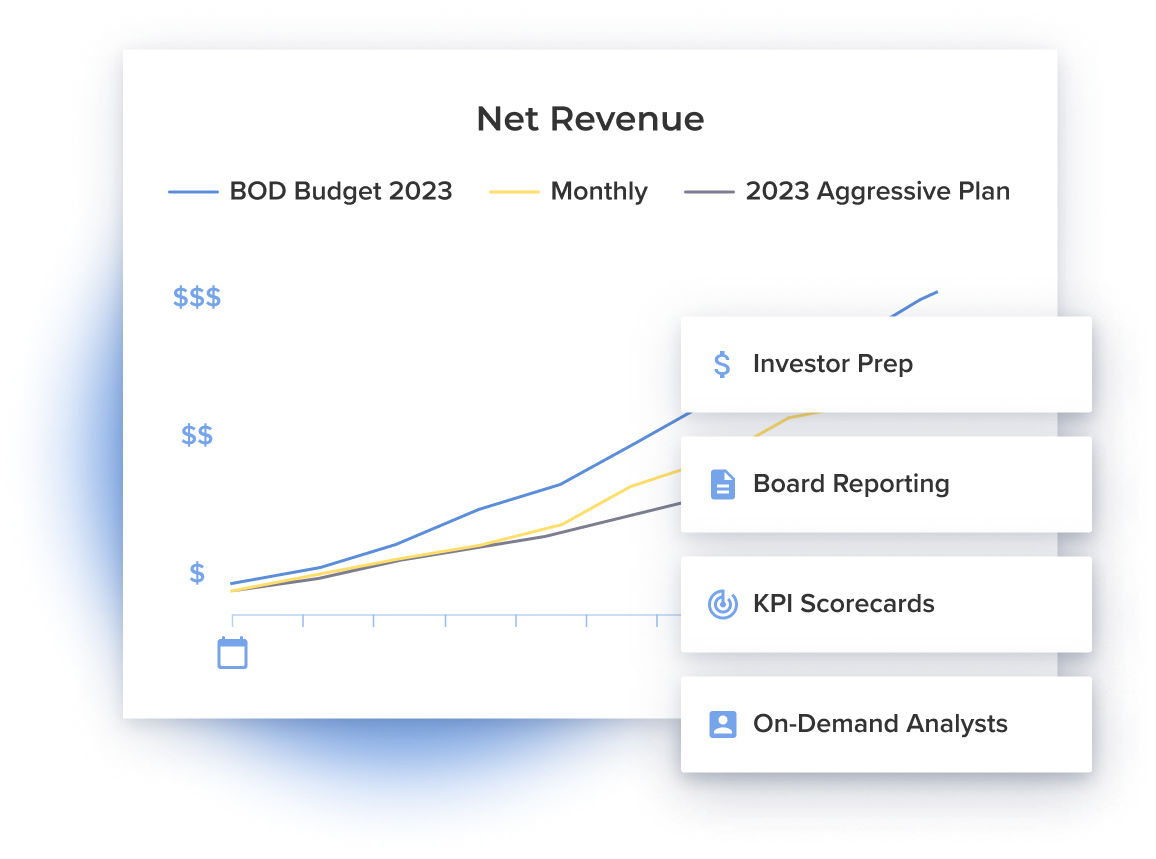Public equity markets have faced significant volatility over the last few months, with a notably dour sentiment seen in high growth companies since the start of the year. Investor sentiment has shifted due to many factors including unseen levels of inflation, increasing expectations of rate hikes from central banks, the withdrawal of federal stimulus programs that juiced consumer spending in 2020 and 2021 and most recently war in Ukraine and rapidly rising oil prices. In DTC, Apple’s moves have made ad spend less effective and increased CAC’s. The result of all this is more scrutiny is being placed on the “growth at any cost” strategy and more emphasis is being placed on profits for DTC brands in both the private and public markets.
The bar has been raised for companies to communicate to public markets their path to sustainable profitability. Although no one likes to see their valuation decline, we learned some key insights from analyzing price action across the Bainbridge DTC Index.
We analyzed performance of the members of the Bainbridge DTC Index and plotted the companies by their percentage decline from their 52 week high. In line with the broad indices, all companies in the Bainbridge index were notably below their highs as of mid February. Carter’s had the smallest decline of 25% and Laird had the largest decline of almost 90%. We then wanted to see if Retained Earnings, Market Cap and Revenue to Assets could explain who performed best and worst.
*This analysis was conducted based on data as of February 18th 2021, prior to the start of the Russia-Ukraine Conflict

*Casper Sleep is excluded from this view. The company is to be acquired by Durational Capital in a deal announced Nov 12, 2021
Retained Earnings
The retained earnings of a business is the accumulated profit or loss that is kept on the books as equity. As quarters pass by and profits (or losses) build up, they accumulate in this balance sheet account. This line item sits alongside Paid In Capital (i.e. IPO capital) and Treasury Stock (shares bought back) in the Shareholders Equity part of the Balance Sheet. Many high growth companies have low or even negative retained earnings due to losses from their ongoing investments in their business, so t. They raise capital on an ongoing basis to fund these losses via private series rounds or IPO. Most growth investors understand this trade-offtrade off of higher growth but lower near-term earnings, as profits and accumulation of retained earnings are seen as being further out into the future.
In the graph above, the blue bars represent the percentage decline from the 52 week high and the percentages are seen in the right hand scale. Carter’s declined around 25% and Laird’s declined nearly 90%. The orange line represents Retained Earnings as a percentage of Total Assets and is shown in in the left axis. The grey line represents Retained Earnings as a percentage of Common Equity and is also shown in the left axis.
There are a few key points to take from this view:
- Companies with less (or negative) retained earnings relative to Total Assets were worse performers when measured by drop from 52 week high. The highlighted area on the right side of the graph shows this correlation.
- Lulu’s and Warby Parker are the outliers. Lulu’s is relatively light on inventory, carrying less assets than other members of the index. Warby Parker saw a technical accounting liquidity event prior to the IPO that generated a significant amount of Paid in Capital. This large infusion of Paid in Capital more than offset negative retained earnings.
- The gap between Retained Earnings and Common Equity also appears to be a driver of declines. This gap would typically be composed of Paid in Capital if Common Equity is greater than Retained Earnings. Given that Paid In Capital likely came from capital raised from the IPO and stock based compensation, markets may believe that firms with the largest declines are not profitabile and got lucky with their IPO timing and raised a substantial amount of capital relative to their P&L performance.
- If in the case that Retained Earnings is greater than Common Equity, that is driven by Treasury Stock which builds a negative balance as a stock buyback program is executed. This is the case for Crocs.

*Casper Sleep is excluded from this view. The company is to be acquired by Durational Capital in a deal announced Nov 12, 2021
Market Capitalization
Small market cap can be a problem for DTC brands as all the worst performers had market capitalizations of $1.5B and under on a 3 Months Ago basis. But several index members under $1.5B performed at the top of the list and only saw declines of 25%declines 20% to 25%.
The difference in price performance was their profitability on a net income basis and positive retained earnings (equity) on the balance sheet. Vera Bradley and Lulu Fashion Lounge have built profitable businesses that even a value investor may be attracted to, and their equity has acted as a cushion that protected their share price from drastic 50%+ declines. (Although Lulu’s Fashion carries negative retained earnings, it is profitable and posted nearly triple digit revenue growth in the most recent quarter).
Market cap is important because many funds that invest in public companies are precluded by their charters from investing in stocks below certain market cap thresholds. Liquidity in these stocks can be difficult so getting into and out of positions can cause big swings in the share price. In other words, the fund doesn’t want to be stuck in a position and unable to sell knowing that if they start selling they will single handedly move the market down and exacerbate losses. Further, if the fund is large, they can’t spend the time and effort to make hundreds or thousands of micro bets, so they focus on large cap stocks. This means that small cap stocks, while public, have a much smaller investorship which can increase volatility.

*Casper Sleep is excluded from this view. The company is to be acquired by Durational Capital in a deal announced Nov 12, 2021
Revenue to Assets Comparison
Another standout trend during this analysis is that the weakest performers produce lower amounts of revenue relative to their assets on the balance sheet. A company’s composition of assets may fluctuate (i.e. inventory and cash), but the total amount of assets typically does not change significantly unless there is an infusion of capital to fund additional assets (or the reverse, i.e debt is paid down). Taking this into consideration, the trailing 12 months revenue divided by the most recently reported total assets shows that regardless of the proportion of cash, inventory or goodwill, businesses where trailing 12 months revenue is less than total assets saw significantly greater declines than those that have seen revenue at more than 1.0x-1.5x total assets.
Efficient use of assets is a challenge for the lemonade stand all the way up to the multinational corporation. DTC Online businesses have a reputation for being above average growth and capital intensive to support inventory and purchase or invest in brands and product design. If a company is less than optimal at this endeavor, it seems that the public markets will eventually punish the stock for not producing.
Conclusion
The balance sheet and sales metrics characteristics that drove the outsized declines of over 60%, appear to be companies that have a long track record of losses and inefficient use of assets relative to the rest of the index.
Market cap is not a clear driver, which is encouraging to smaller pre-IPO companies that are plotting their path forward in the capital markets.
We also looked at stock performance versus gross margin % and stock-based compensation and the correlations were moderate. We plan to examine these in more detail in future posts.
Are you on the right path? We’d love to hear your story and discuss how Bainbridge can help. Please reach out or schedule time.











